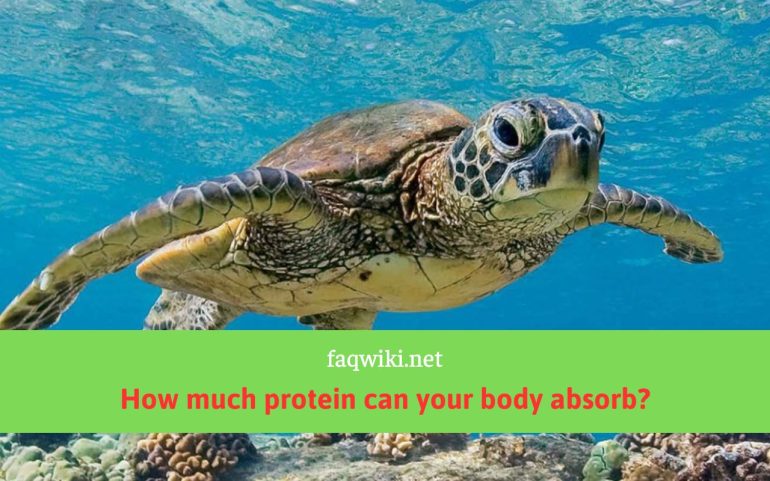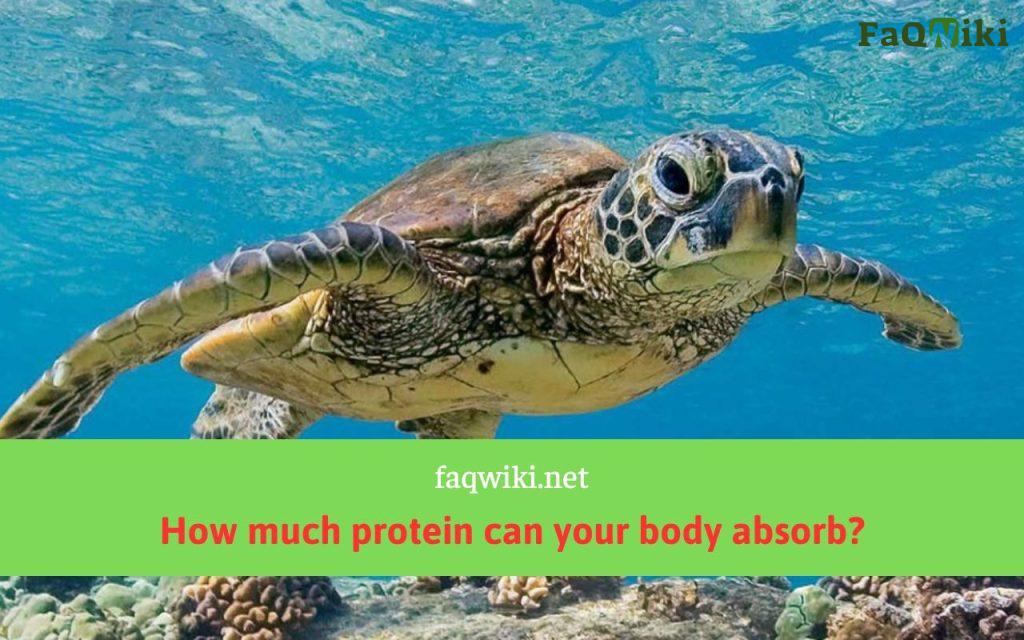How Long Can Sea Turtles Hold Their Breath?

How Long Can Sea Turtles Hold Their Breath? Sea turtles are fascinating creatures that have captured the attention and imagination of people for centuries. These ancient reptiles have a unique physiology that allows them to survive in the harsh marine environment. One of their most remarkable abilities is their breath-holding ability. Sea turtles can hold their breath for incredibly long periods, which is essential for their survival in their aquatic habitat. In this article, we will delve into the fascinating world of sea turtle breath-holding ability.

Sea turtles are a key component of the ocean’s ecological balance. They have been around for millions of years and are believed to have evolved around the same time as dinosaurs. There are seven different species of sea turtles, each with its unique characteristics and behavior. These animals play a vital role in the ecosystem, and they are essential for maintaining the balance of the ocean.
In this article, we will explore the physiology of sea turtles and their unique ability to hold their breath for extended periods. We will examine the factors that influence their breath-holding ability, the impact of human activity, and the latest research on sea turtle breath-holding. Finally, we will discuss the implications of this research for conservation efforts.
Physiology of Sea Turtles
The respiratory system of sea turtles is a marvel of evolution. Unlike mammals, which use their lungs to breathe in and out of the air, sea turtles use their lungs as a method of buoyancy control. This means that sea turtles can adjust their buoyancy by varying the amount of air in their lungs. When they inhale, they take in a large volume of air, which helps them float to the surface. Conversely, when they exhale, they expel the air and sink back down into the water.
Sea turtles have a few unique physical adaptations that allow them to hold their breath for long periods. For example, they have large and powerful lungs that can store a significant amount of air. Additionally, their muscles have a higher concentration of myoglobin, a protein that stores oxygen. This allows them to extract more oxygen from their lungs and store it in their muscles, where it can be used during long dives.
Sea turtles also have a slow metabolic rate, which helps them conserve oxygen. They can slow their heart rate and reduce blood flow to non-essential organs, which reduces the amount of oxygen they need to survive. Finally, sea turtles can store carbon dioxide in their blood, which helps prevent the buildup of lactic acid, a byproduct of anaerobic metabolism.
Adaptations for Diving
Sea turtles have evolved several adaptations that help them conserve oxygen during dives. For example, they can slow their heart rate to reduce oxygen consumption. They also have a flexible ribcage that allows them to compress their lungs, reducing the volume of air and the amount of oxygen needed to maintain buoyancy. Additionally, sea turtles have a specialized vascular system that shunts blood away from non-essential organs during dives, allowing them to redirect oxygen to critical organs like the brain and heart.
Sea turtles also have a unique method of breathing. Unlike other animals, which take a series of rapid breaths before diving, sea turtles take a deep breath and then close off their windpipe with a muscular valve. This allows them to maintain a high volume of air in their lungs while diving, which helps them stay submerged for extended periods.
Factors Affecting Breath-Holding Ability
Several factors can impact the breath-holding ability of sea turtles. Physical factors, such as size, age, and sex, can all influence how long a sea turtle can hold its breath. For example, larger sea turtles have more body mass, which requires more oxygen to maintain buoyancy. Older sea turtles may have reduced lung capacity or may have accumulated damage to their respiratory system over time, which can affect their ability to hold their breath for long periods. Sex can also play a role, as female sea turtles may need to hold their breath longer during the nesting season when they are laying eggs.
Environmental factors can also impact the breath-holding ability of sea turtles. Water temperature, depth, and the availability of oxygen can all affect how long sea turtles can hold their breath. For example, sea turtles may be able to hold their breath longer in colder water, as their metabolic rate slows down. However, in warmer water, they may need to come up for air more frequently to avoid oxygen deprivation.
Human Impacts on Sea Turtle Breath-Holding Ability
Human activities can have a significant impact on the breath-holding ability of sea turtles. For example, pollution can reduce the availability of oxygen in the water, making it more difficult for sea turtles to hold their breath for extended periods. Entanglement in fishing gear can also affect their ability to breathe, as they may become exhausted or stressed, which can lead to a decrease in their breath-holding ability.
Additionally, human activities can disturb sea turtles, causing them to use up more oxygen than they would typically need. For example, if a sea turtle is chased by a boat or a person, it may become stressed and use up more oxygen than it would if it were left undisturbed.
Research on Sea Turtle Breath-Holding Ability
There has been extensive research on sea turtle breath-holding ability in recent years. Scientists have used a variety of techniques to study the physiology of sea turtles, including ultrasound imaging, respirometry, and blood sampling. They have also used telemetry devices to track the movements and diving behavior of sea turtles in the wild.
One study found that loggerhead sea turtles could hold their breath for up to four hours, while green sea turtles could hold their breath for up to five hours. However, the length of time that sea turtles can hold their breath can vary depending on several factors, such as water temperature and depth.
Another study found that the blood of sea turtles contains a high concentration of a protein called hemoglobin, which binds with oxygen and helps to transport it around the body. This protein is also found in mammals and other vertebrates, but sea turtles have a unique variant of the protein that allows them to extract more oxygen from their lungs and store it in their muscles.
Conservation Implications
The research on sea turtle breath-holding ability has important implications for conservation efforts. By understanding the factors that influence their breath-holding ability, we can develop strategies to protect sea turtles and their habitats. For example, reducing pollution in the water and limiting human disturbance can help to maintain healthy oxygen levels and reduce stress on sea turtles.
Additionally, the research on sea turtle physiology can help us develop more effective rehabilitation strategies for injured or sick sea turtles. By understanding how sea turtles conserve oxygen and regulate their buoyancy, we can provide them with the care they need to recover and return to the wild.
FAQs
How long can sea turtles hold their breath?
Sea turtles can hold their breath for several hours, depending on several factors such as water temperature and depth.
What biological features allow sea turtles to stay underwater for extended periods of time?
Sea turtles have several unique adaptations that allow them to hold their breath for extended periods. These include a large and powerful lung capacity, a slow metabolic rate, and the ability to store oxygen in their muscles.
What factors can affect the breath-holding ability of sea turtles?
Physical factors such as size, age, and sex, as well as environmental factors such as water temperature and depth, can all influence the breath-holding ability of sea turtles.
What can we do to protect sea turtles and their habitats?
Reducing pollution in the water, limiting
human disturbance, and promoting responsible fishing practices can help to protect sea turtles and their habitats. Supporting conservation efforts and spreading awareness about the importance of sea turtles can also make a significant impact.
What should I do if I encounter a sea turtle in the wild?
If you encounter a sea turtle in the wild, it is essential to keep a safe distance and avoid disturbing the animal. Do not touch or attempt to feed the turtle, as this can disrupt its natural behavior and cause stress. If you see a sea turtle in distress, such as entangled in fishing gear, contact local authorities or a sea turtle rescue organization immediately.
How can I support sea turtle conservation efforts?
There are many ways to support sea turtle conservation efforts, including volunteering with a sea turtle rescue organization, supporting conservation groups financially, and spreading awareness about the importance of sea turtles and their habitats.
Read more questions at FAQwiki.net!
Conclusion
In conclusion, sea turtles are fascinating creatures that have evolved a range of unique adaptations that allow them to thrive in their marine environments. Their ability to hold their breath for extended periods is just one of the many remarkable aspects of their physiology. Understanding the factors that influence their breath-holding ability can help us to develop strategies to protect them and their habitats and ensure their survival for generations to come. By working together to reduce pollution, limit human disturbance, and support conservation efforts, we can help to ensure a bright future for sea turtles and the marine ecosystems they inhabit.
